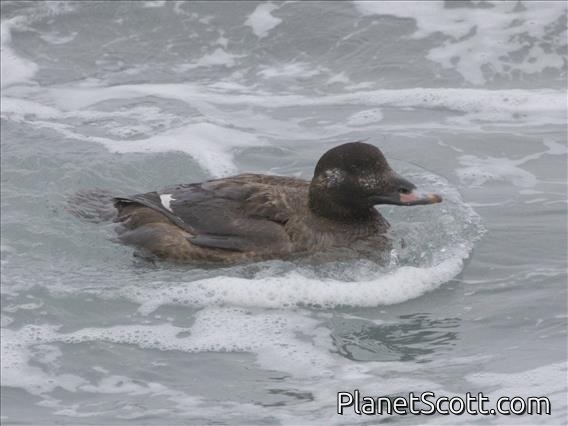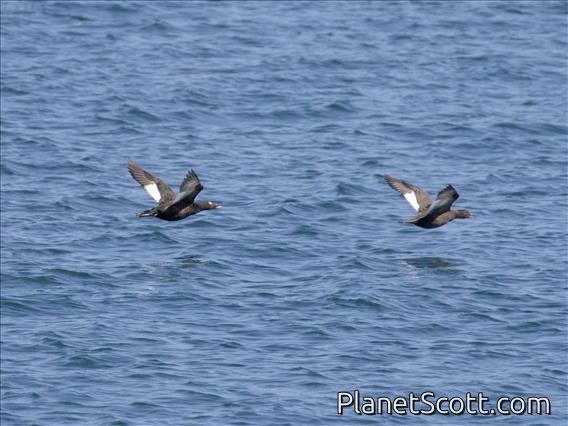White-winged Scoter (Melanitta deglandi)

White-winged Scoter (Melanitta deglandi) - Female

White-winged Scoter (Melanitta deglandi)


×



White-winged Scoter (Melanitta deglandi) - Female

White-winged Scoter (Melanitta deglandi)
About White-winged Scoter (Melanitta deglandi)
- Kingdom: Animals
- Phylum: Chordates
- Class: Birds
- Order: Anseriformes
- Family: Swans, Geese, and Ducks
The white-winged scoter is a large sea duck. The genus name is derived from Ancient Greek melas "black" and netta "duck". The species name commemorates French ornithologist Côme-Damien Degland.
Source: Wikipedia
Trips
No trip reports available.Visits
-
2010-01-04
Fort Funston, United States of America -
2014-11-18
Fort Funston, United States of America -
-
-
-




